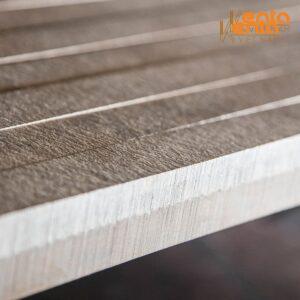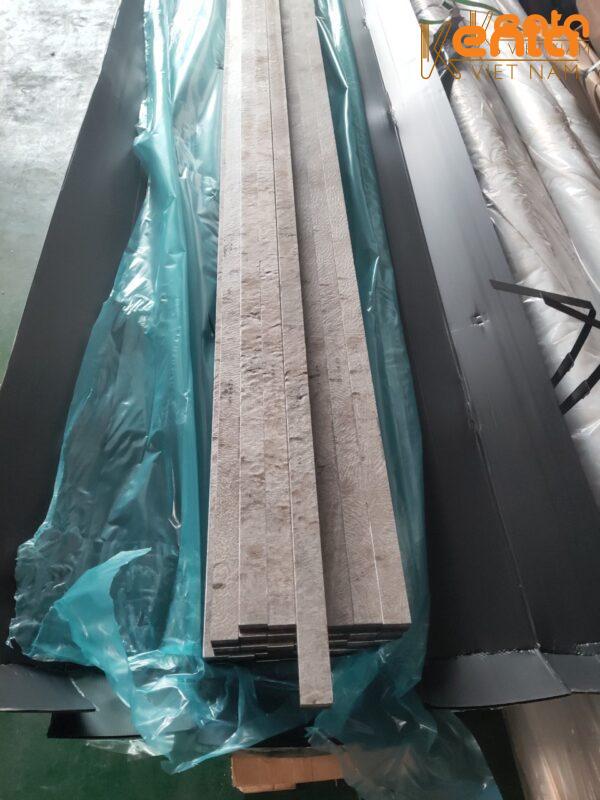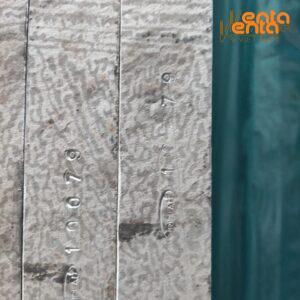Knowledge, Technology
Advantages of bimetallic materials in modern production and life
In the context of production increasingly demanding high performance, durability, cost savings, and environmental friendliness, the selection of appropriate materials plays a crucial role. One of the prominent materials gradually asserting its position in industry and daily life is bimetallic material. Thanks to its ability to combine two metals with different properties, this material offers many practical benefits. The following article will help you understand the advantages of bimetallic materials, thereby clarifying why more and more businesses are choosing to apply this material in production.
What are bimetallic materials?
Bimetallic material is a combination of two different metals joined by methods such as explosive welding, hot rolling, or surface coating. Typically, one layer has good electrical and thermal conductivity (such as copper or aluminum), while the other layer provides strength, wear resistance, or corrosion resistance (such as steel or stainless steel). This combination optimizes material performance while saving costs compared to using a single type of metal. It is from this unique structure that bimetallic materials have proven their flexibility and effectiveness in many harsh working environments, especially where a balance between electrical conductivity, strength, and long-term durability is required.
Advantages of bimetallic materials
Optimizing cost and performance when considering cost savings, bimetallic material is a wise choice. Instead of having to use entirely precious metals like copper or stainless steel, which are expensive, businesses only need to coat the contact surface—the area most affected—with that material. The rest can use more common metals like steel or aluminum. As a result, the product still ensures quality, while costs are significantly reduced.

Combining the superior features of each metal, it is difficult for any material to combine as many properties as bimetallic material. The outer layer can be highly conductive, heat-resistant, or corrosion-resistant, while the inner core handles load-bearing or structural shaping functions. This allows for the creation of products with superior features, addressing multiple technical requirements simultaneously.
Durability in harsh conditions is one of the advantages of bimetallic materials that engineers trust and choose, which is their resistance in harsh environments. When exposed to chemicals, seawater, or high-temperature conditions, the outer layer of bimetallic material acts as a "shield," protecting the core from damage. This significantly extends the lifespan of equipment, reducing maintenance and repair costs.
Flexible in processing and application, despite its complex structure, bimetallic material is very easy to process due to its ability to bend, cut, weld, and shape using many common manufacturing methods. This is why it is increasingly popular in mechanical, electrical, and civil engineering fields, as well as high-tech industries such as aviation, electronic devices, and automation.

Contributing to environmental protection and sustainable development, using bimetallic materials is also a smart move in a green development strategy. Saving resources, extending product life cycles, and limiting industrial waste help businesses demonstrate their responsibility to the environment. This advantage makes bimetallic materials a sustainable choice for many modern manufacturing plants.
Practical applications of bimetallic materials
With a series of outstanding advantages, bimetallic materials have been and are present in many areas of life. In the electrical industry, they are used to produce busbars, electrical contacts, and protective devices such as circuit breakers or automatic circuit breakers. In the mechanical field, components such as shaft bearings, brake pads, or load-bearing plates are often made of this material to enhance durability. In construction, bimetallic materials appear in steel frame structures, fire doors, and outdoor railings due to their good corrosion resistance. The heavy industry also takes advantage of the material's high heat resistance to produce equipment for furnaces,cooling systems or high-pressure equipment. Even in familiar household products like pot bottoms, pans, or irons, bimetallic materials clearly demonstrate their role.
Choosing quality bimetallic materials at Kenta Vietnam
After understanding the advantages of bimetallic materials, it is important to find a reputable supplier to ensure quality and application efficiency. Kenta VietNamwe are committed to providing products that meet the highest technical standards, have clear origins, and are thoroughly inspected before reaching customers. In addition to supplying bimetallic materials, Kenta is also a reliable address for aluminum sheets, welding rods, and specialized welding wires used in industry.
With over 10 years of accompanying mechanical, construction, and power enterprises nationwide, Kenta VietNam is proud to be not only a supplier but also a technical solution consultant, contributing to increasing productivity and reducing production costs for partners.
If you are looking for optimal, durable, and highly cost-effective material solutions, let Kenta Vietnam accompany you. We are always ready to advise and provide the most suitable solution for each specific application need.




















